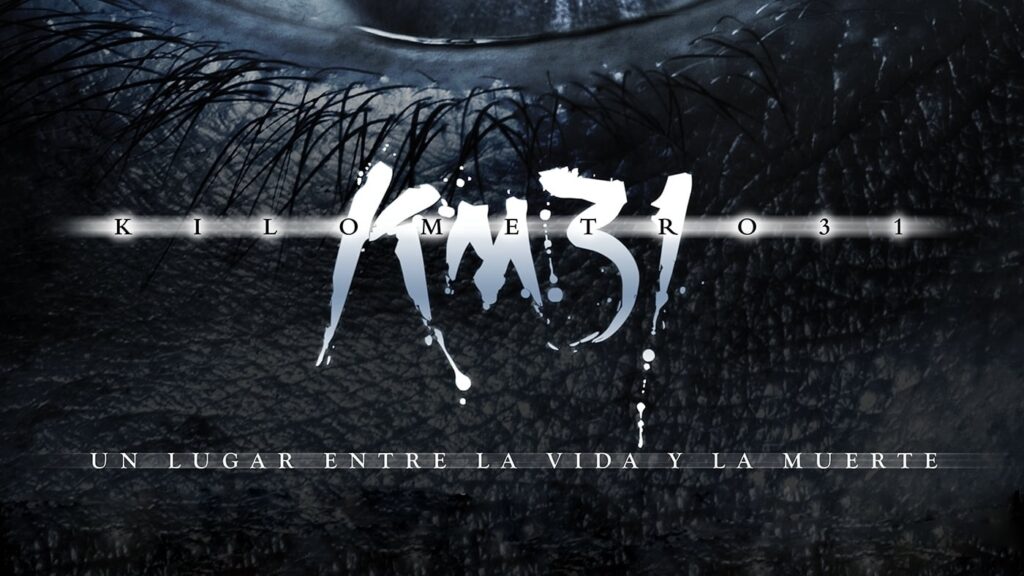The story of La Llorona has been within the Latin American zeitgeist since the first days of the Spanish and Portuguese conquest. In many, and the most common iteration of La Llorona, her character is tied to the real-life person, La Malinche. Her story, just as tragic, involves the slaughter of her people as she became the interpreter between the Indigenous people of Mesoamerica and Hernan Cortes. Outside of the direct connection between these two, La Llorona’s tale typically has specific details that make her story unique.
It’s a safe bet her story will include the infanticide of her children by drowning. The reasons vary drastically depending on the story. Another factor consists of the infamous white dress the mythical being wears. This is mainly seen as she’s wailing for her dead children to return. And lastly, there is usually an account of a man being lured by La Llorona’s presence. Of course, there are exceptions where a story will take liberty with the origins and other tropes within the narrative. However, there’s a horror film that takes the story into new territories while still rehashing some previous traits with La Llorona’s tale.
The Mexican horror film Kilometer 31 (KM 31), directed by Rigoberto Castañeda, takes the story of La Llorona and gives it a modern twist with its aesthetic approach. While it does follow the majority of the traits previously mentioned, its presentation is what garners its purpose for being unconventional compared to other La Llorona films. The film follows Catalina (Iliana Fox) as she attempts to uncover the mystery behind Ágata, her twin sister’s car crash outside of Mexico City. By her side, she has her boyfriend Nuño (Adrià Collado) and Ágata’s boyfriend Omar (Raúl Méndez).
When thinking of La Llorona films from Mexico, it’s expected to see plenty of scenes within nature. This is because her story revolves around the drowning of her children in a river. In some cases, it becomes a character on its own as her character breathes life into the environment. Her presence creates an eerie atmosphere, and she uses the forest to her advantage. KM 31, however, only has a handful of scenes within the forest. Instead, the film takes the setting into the concrete forest of Mexico City. Here we see a ghostly figure torment Catalina in the comfort of her home. The open wildlife scenery is swapped for religious artifacts, contemporary decorations, and enclosed rooms. This not only creates a suffocating atmosphere but also allows Castañeda to display his horror influence in full.
During the early Aughts, the horror community began to see a rise in Japanese horror films entering the mainstream. This was due to the remakes coming out of the United States with films such as The Grudge and The Ring. By 2006, the release of KM 31, J-Horror had left its mark. Filmmakers like Castañeda utilized the tropes and aesthetics of these films and used them for their own. KM31 is a Mexican horror film using Latin America’s famous folktale, yet its lens and approach come from a J-Horror perspective.
To start with the most evident influence, KM 31 uses a different kind of ghost as opposed to the woman in the white dress. In true J-Horror fashion, the main ghastly entity appearing to the protagonist is a boy. We see him appear after Ágata’s car crash. At first, his appearance feels like terrorizing tactics against Catalina throughout the first act of the film. His scenes are drenched in oppressive tension. In certain scenes, there are recreated scenarios that would fit perfectly with the J-Horror bill. One includes using a CRT television with a blue screen illuminating the enclosed apartment. After the initial shock of the boy’s ghost, he shows his intention isn’t filled with malice. He’s there to help solve the mystery behind the accident. The second act follows the same narrative style of the J-Horror films. It focuses on the mystery instead of the scares as Catalina uncovers more details about the supernatural occurrence at KM 31.
La Llorona’s story comes with aspects that can not be dismissed. One of these is the connection between herself and the river her children drowned in. Castañeda doesn’t forget this as his film includes plenty of scenes including water. However, it doesn’t follow the typical path you would see in a film about La Llorona. The flow of water from a natural stream is exchanged for the artificial piping in Mexico City. Throughout the film, there are constant frames of water flowing through pipes, which indicates its importance. A harrowing voice expels from sinks and bathtubs as water courses through. On top of that, there’s a clear relationship between water and the presence of the ghost boy. This could be overt such as the ghost appearing during the rainfall but it’s also more subtle such as a glass reflection recreating water ripples on the boy’s body.
In contemporary times, there have been cinematic iterations of La Llorona straying from the default. We see this with films such as Jayro Bustamante’s La Llorona and its inclusion of the Guatemalan silenced history. In the early 2000s, films taking a new approach to La Llorona weren’t as common. The only other account of a drastically different iteration includes The Curse of the Crying Woman from 1963. Even then, that film still felt distinctively Mexican with its direction, which is not a con at all by the way. But Castañeda’s KM 31 brings foreign influences to the story of La Llorona for the first time on the big screen. This makes the film feel completely different from any other La Llorona released to date.
